
If you are looking for some great gardening, cooking, & organizational content, then check out my Instagram Page! Be sure to Follow me so you don’t miss a beat!




If you are looking for some great gardening, cooking, & organizational content, then check out my Instagram Page! Be sure to Follow me so you don’t miss a beat!

I recently participated in an Ultimate Blog Challenge. What this entails is crafting a blog post everyday for a month. I participated in this challenge several years ago, and was excited to see the opportunity present itself again.
I will admit… I had ulterior motives. I was hoping to meet some incredible entrepreneurs and bloggers to possibly invite to be a guest on this podcast. I wasn’t disappointed. I met a couple incredible ladies, and today’s guest is one of them.
Please let me introduce Lisa Carmichael. Lisa is a published author, entrepreneur, and marketing professional who lives in Minnesota. She is the owner and creator of EPIK Mastermind.
Click this LINK to listen as Lisa & I chat it up about how you can make your dream of business ownership a reality!
Here’s what Lisa has to say about her concept of the 3 M’s of Successful Entrepreneurs are & how they can incorporate them to have a successful business:
“As female entrepreneurs, we need to evolve. We need to embrace change. One thing that’s consistent for us as entrepreneurs, is change. So let’s embrace that. Initially, when I came up with the three M’s. They represented Mentorship, Mindset, and Masterminds. Because that’s my story. I learned about Mindset through a mentor and a result I created EPIK Mastermind. Now, I’ve evolved the 3 M’s into Mindset, Marketing, and Money.” Lisa Carmichael

To see more about Lisa, check her out on all her platforms!
Website | https://lisarcarmichael.com
Facebook | fb.me/lisarcar
Instagram | https://www.instagram/lisarcarmichael
YouTube | https://www.youtube.com/@lisarcar
TikTok | https://www.tiktok.com/@lisarcar
Pinterest | https://www.pinterest.com/lisarcarmichael/
LinkedIn | https://www.linkedin.com/in/lisarcar



If you enjoyed this blog , please LIKE, Follow, Share & leave me a comment! I love your feedback!
If you aren’t following me on Facebook or Instagram, go on over & give a LIKE & Follow me for daily tips & tricks for your home & garden!
Until next time friends,
Eat Fresh, Shop Local, & Have a Happy Day,
Jean
All text and images on this site are copyright of For Dragonflies And Me. Unless otherwise noted, you may not use this content.

“The first gatherings of the garden in May of salads, radishes, and herbs made me feel like a mother about her baby ― how could anything so beautiful be mine. And this emotion of wonder filled me for each vegetable as it was gathered every year. There is nothing that is comparable to it, as satisfactory or as thrilling, as gathering the vegetables one has grown.” ― Alice B. Toklas

What is Food anonymity? My definition is simply when society loses connection to where and how their food is grown and distributed. If you google it, you’ll come up with information on food insecurity which is simply “a condition in which households lack access to adequate food because of limited money or other resources…”
As we see an uptick in farmers market attendance and folks growing their own food, there seems to be a bit of hope. If you are like me, someone who both grows some of my own food, and shops at local markets, then you understand the gratification that comes with it. You know you are supporting local growers and family owned farms, on top of the incredible satisfactions of going out to your garden and picking a fresh tomato or cucumber.
I really became aware of the food anonymity as a market vendor. So often people would come and have no idea that potatoes grew in the ground, or peas developed in a shell. It can actually be a bit disturbing. I made it my mission to not only sell food back when I had my farm, I was committed to educating people on where their food was coming from as well.
Food is an essential part of our daily lives. It fuels our bodies, satisfies our taste buds, and brings us together in shared experiences. But how often do we consider where our food comes from, who produced it, and under what conditions it was grown or raised? Unfortunately, the answer for many of us is rarely, if ever. The food industry is one of the least transparent industries in the world, with little to no regulation or oversight in many areas. This lack of transparency has significant implications for consumers, from health concerns to ethical and environmental issues. In today’s blog, I want to explore the impact of food anonymity on consumers, that means US, & the ways in which we can break free from the chains of ignorance and demand change.

Food anonymity is the term used to describe the lack of transparency in the food industry. It refers to the fact that we, the consumers, often have no idea where our food comes from, who produced it, or under what conditions it was grown or raised. The supply chain for food is long and complex, with many different players involved, from farmers and producers to distributors and retailers. This complexity makes it difficult for consumers to trace the origins of their food and to hold companies accountable for their actions.
The issue of food anonymity is compounded by the fact that many companies engage in unethical and unsustainable practices in order to cut costs and increase profits. For example, some companies use harmful pesticides and other chemicals in their farming practices, which can have negative impacts on both human health and the environment. Others engage in animal cruelty, such as keeping animals in cramped and unsanitary conditions or using inhumane slaughtering methods. These are what generally are referred to as CAFO’s or Confined Animal Feedlot Operations.
Friends, I’ve stood in some of these and believe me when I say, you would not be able to eat the meat you purchase in the grocery stores if you did. That is why I have always been so adamant about knowing your farmer & producer! These practices are often hidden from consumers, who have no way of knowing what they are supporting when they buy certain products.

The impact of food anonymity on consumers is significant. When we don’t know where our food comes from or how it was produced, we are at risk for a number of health concerns. For example, many companies use additives and preservatives in their products, which can be harmful to our bodies over time. Additionally, the use of pesticides and other chemicals in farming can lead to contamination of our food, putting us at risk for illness and disease.
But the impact of food anonymity goes beyond just health concerns. It also has ethical and environmental implications. When companies engage in unethical practices, such as animal cruelty or unsustainable farming practices, they are contributing to a system that is harmful to both animals and the environment. By supporting these companies, consumers are indirectly contributing to these issues as well. Furthermore, the lack of transparency in the industry means that consumers have no way of knowing whether the food they are buying was produced in an ethical and sustainable way.

The dangers of food anonymity are many. As mentioned, the lack of transparency in the industry can lead to health concerns, ethical issues, and environmental problems. But there are also economic implications as well. When companies engage in unethical practices in order to cut costs and increase profits, they are often doing so at the expense of their workers, who may be underpaid or subjected to unsafe working conditions.
Additionally, the lack of transparency in the industry means that small-scale farmers and producers may be at a disadvantage, as they are unable to compete with larger companies who can produce food more cheaply and with less regard for ethical and sustainable practices.
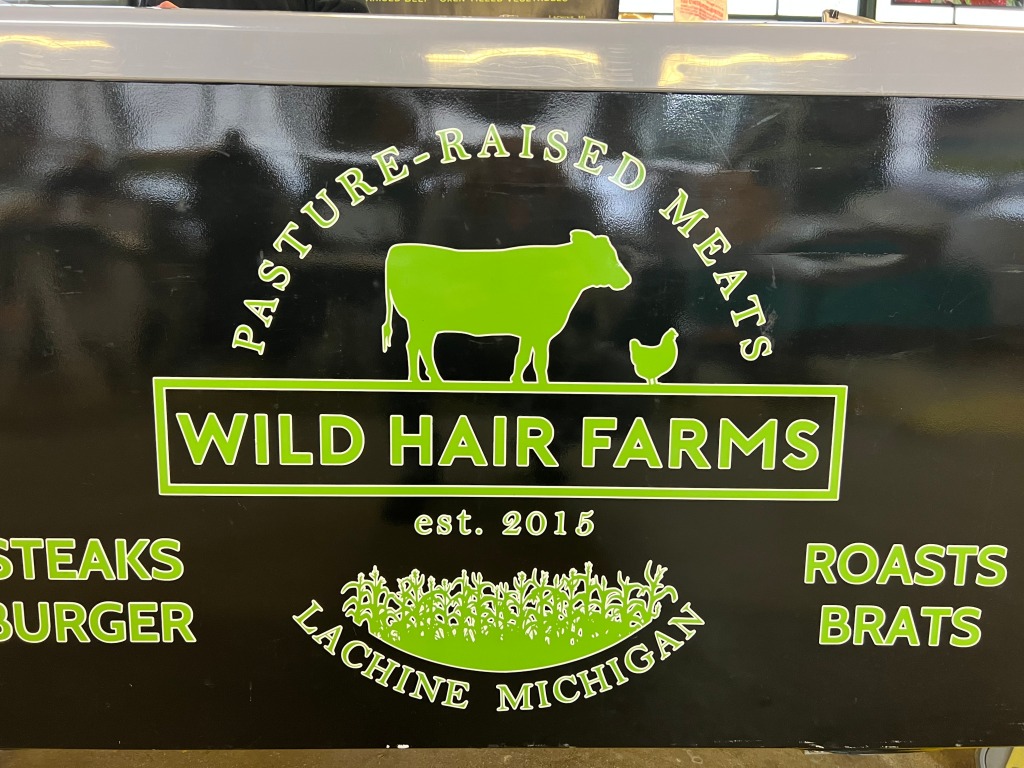
One way to combat food anonymity is through better labeling practices. By requiring companies to provide more information about their products, consumers can make more informed choices about what they buy and eat. For example, labels can indicate whether a product was produced using organic or sustainable farming practices, or whether it contains any additives or preservatives. Labels can also provide information about the origin of the food, allowing consumers to make choices that support local farmers and producers.
While some companies may resist these labeling requirements, consumers have the power to demand change. By supporting companies that are transparent about their practices and advocating for better labeling practices, we can send a message to the food industry that we care about where our food comes from and how it was produced.

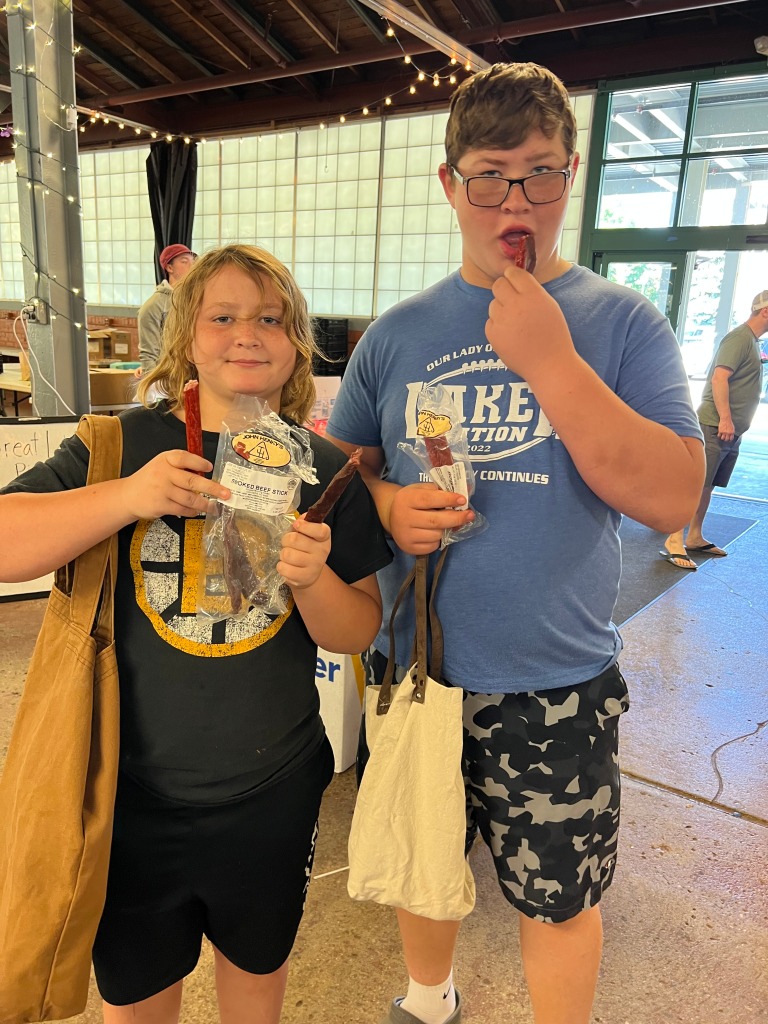
Ultimately, the power to effect change in the food industry lies with consumers. By demanding more transparency and ethical practices from companies, we can create a more sustainable and just food system. This can take many forms, from supporting local farmers and producers to advocating for better labeling practices and more regulation in the industry.
One way to exercise our power as consumers is by choosing to buy products that align with our values. For example, we can choose to buy products that are produced using sustainable and ethical practices, or that support local farmers and producers. We can also support companies that are transparent about their practices and are committed to making positive changes in the industry.
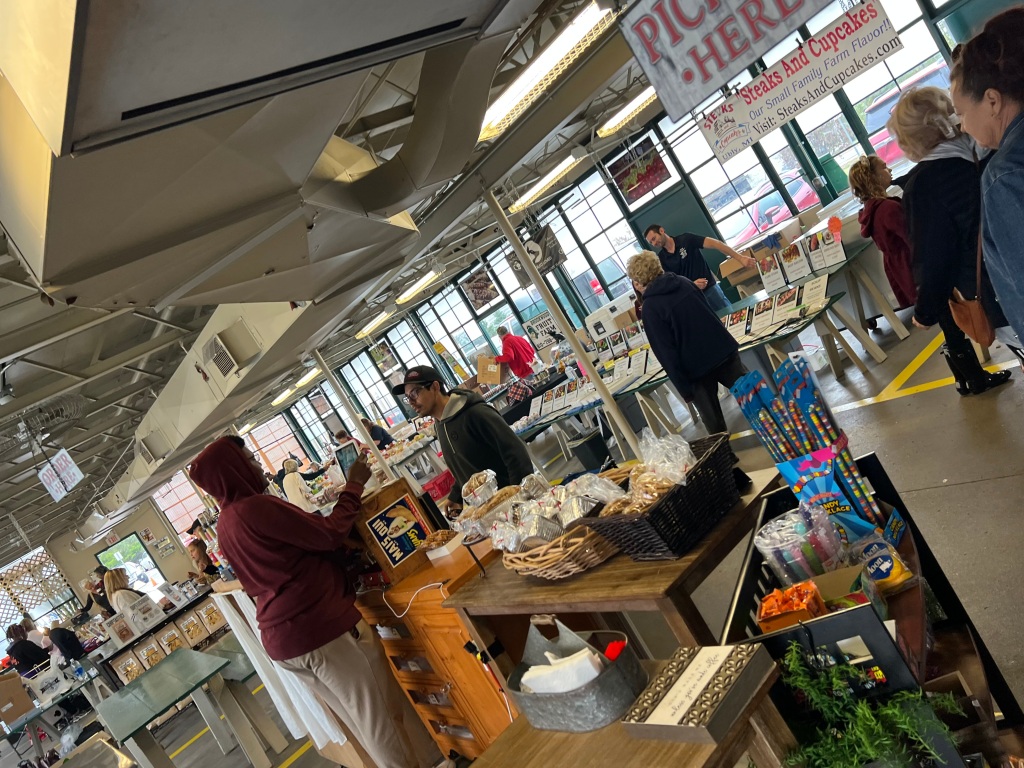
Empowering yourself as a consumer begins with education. By learning more about where your food comes from and how it was produced, you can make more informed choices about what you eat and buy. This can involve doing research on companies and products, reading labels, and educating yourself on ethical and sustainable farming practices.
Another way to empower yourself as a consumer is by supporting advocacy groups that are working to create positive change in the food industry. These groups can provide resources and information on issues related to food transparency and sustainability, and can help you connect with others who share your values and concerns.

Advocacy groups play an important role in the fight for food transparency and sustainability. These groups work to raise awareness about issues in the industry, advocate for better regulation and labeling practices, and support small-scale farmers and producers. By supporting these groups, consumers can help amplify their voices and make a difference in the industry.
Transparency is key to creating a more ethical and sustainable food system. When companies are transparent about their practices and products, consumers can make more informed choices about what they buy and eat. Additionally, transparency can help to hold companies accountable for their actions and create a more level playing field for small-scale farmers and producers.
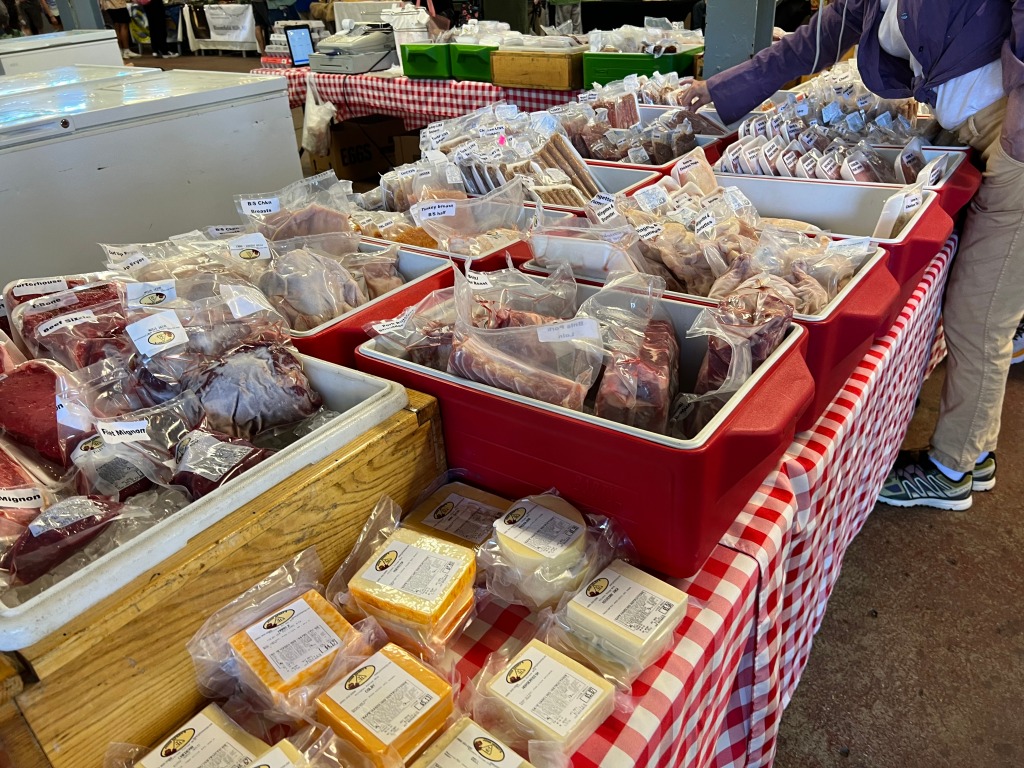
Breaking the chains of food anonymity requires action from all of us. By educating ourselves, supporting advocacy groups, and demanding change from companies and regulators, we can create a more transparent and ethical food system. This can involve making conscious choices about what we buy and eat, advocating for better labeling practices and regulation, and supporting small-scale farmers and producers. Together, we have the power to create a better future for ourselves, our communities, and our planet.
Here are some great resources:
A great site is Local Harvest
Other web sources to locate local farmers markets are the USDA, Farmers Market Coalition and M.I.F.M.A (Michigan Farmers Market Association).
“Farmers markets are an integral part of the urban/farm linkage and have continued to rise in popularity, mostly due to the growing consumer interest in obtaining fresh products directly from the farm. Farmers markets allow consumers to have access to locally grown, farm fresh produce, enabling farmers the opportunity to develop a personal relationship with their customers, and cultivate consumer loyalty with the farmers who grow the produce.”

I certainly hope you are encouraged to garden. Even if you start with only two or three of these things, that’s a great start!
If you enjoyed this blog , please LIKE, Follow, Share & leave me a comment! I love your feedback!
If you aren’t following me on Facebook or Instagram, go on over & give a LIKE & Follow me for daily tips & tricks for your home & garden!
Until next time friends, eat fresh, shop local, & have a happy day,
Jean
All text and images on this site are copyright of For Dragonflies And Me. Unless otherwise noted, you may not use this content.

“It’s difficult to think anything but pleasant thoughts while eating a homegrown tomato.” ― Lewis Grizzard
Have you ever stopped to think about where your food comes from? Most of us are aware of the term “locally sourced,” but have you heard of the concept of a foodshed?
A foodshed is the geographical area where our food is grown, processed, and distributed. Understanding your foodshed can have a significant impact on your food choices and the environment. By choosing to support local farmers and businesses, you can reduce the carbon footprint of your food and ensure that you are consuming fresh, nutritious produce. In this article, I’m going to show you all the importance of understanding your foodshed and how it can positively impact your health, the economy, and the planet. So, grab a cup of coffee and let’s dive in!
Click here to see the Detroit Eastern Market Foodshed map and surrounding area!

A foodshed is the geographic area where food is produced, processed, and distributed. It includes everything from the farms and ranches where food is grown, to the processing facilities where it is packaged and prepared for sale, to the stores and restaurants where it is sold and consumed. The foodshed concept takes into account the entire food system, from farm to table, and recognizes the importance of local food production.
The size of a foodshed can vary, depending on the region and the type of food produced. For example, a foodshed for tomatoes in Florida may be smaller than a foodshed for wheat in the Midwest. However, the idea is the same – to support local food systems and reduce the amount of energy required to transport food long distances.
In addition to reducing the carbon footprint of our food, supporting local foodsheds can also provide economic benefits to farmers and local businesses. By buying locally, consumers can keep their dollars within their community, supporting small-scale farmers and businesses.
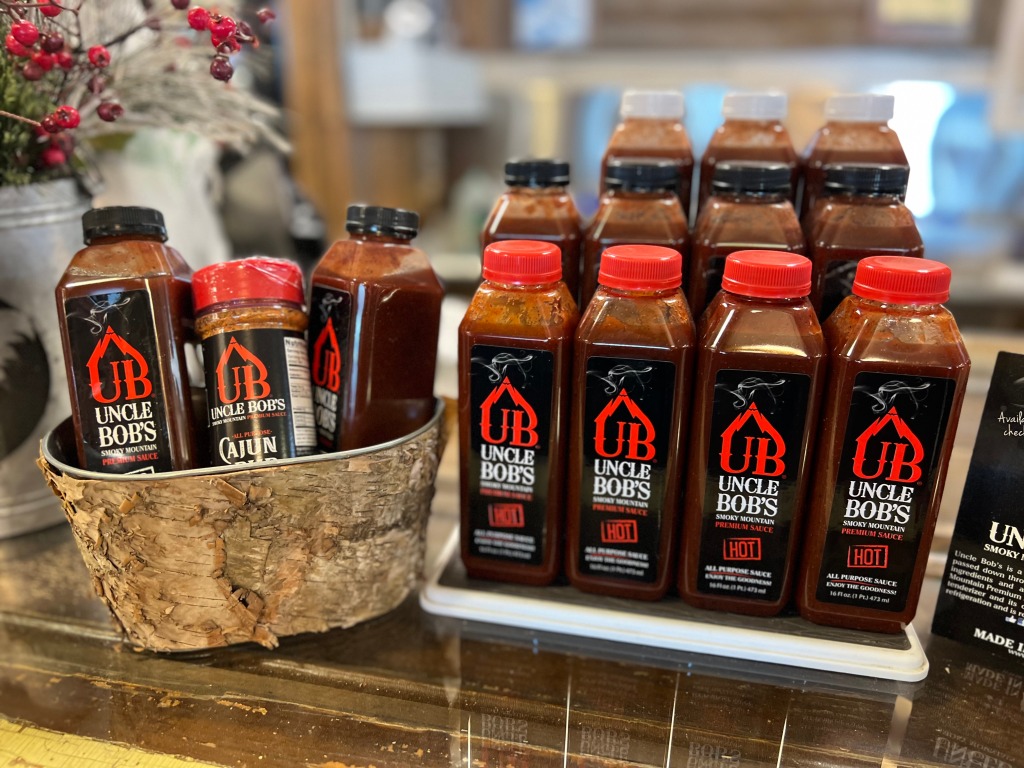

In addition to environmental benefits, supporting local food systems can also have economic benefits. By buying locally, consumers can support small-scale farmers and businesses, helping to keep money within the community. This can lead to a more resilient local economy and a stronger sense of community.
Finally, supporting local food systems can also have health benefits. Local food is often fresher and more nutritious than food that has been transported long distances. This is because local food is typically harvested at the peak of ripeness and consumed shortly thereafter. In contrast, food that has been transported long distances may be harvested before it is ripe and then artificially ripened during transportation.

Understanding your foodshed can impact your food choices in several ways. First, it can help you make more informed decisions about the food you buy. By understanding where your food comes from, you can choose to buy food that is produced locally and supports sustainable agriculture. This can help reduce your carbon footprint and support local farmers and businesses.
Second, understanding your foodshed can also help you make healthier food choices. Local food is often fresher and more nutritious than food that has been transported long distances. By choosing to buy local food, you can ensure that you are consuming fresh, nutritious produce that is free from harmful chemicals and preservatives.
Finally, understanding your foodshed can also help you save money. By buying food that is produced locally, you can often save money on transportation costs that are passed on to consumers. Additionally, local food can be less expensive because it doesn’t have to travel long distances to reach consumers.
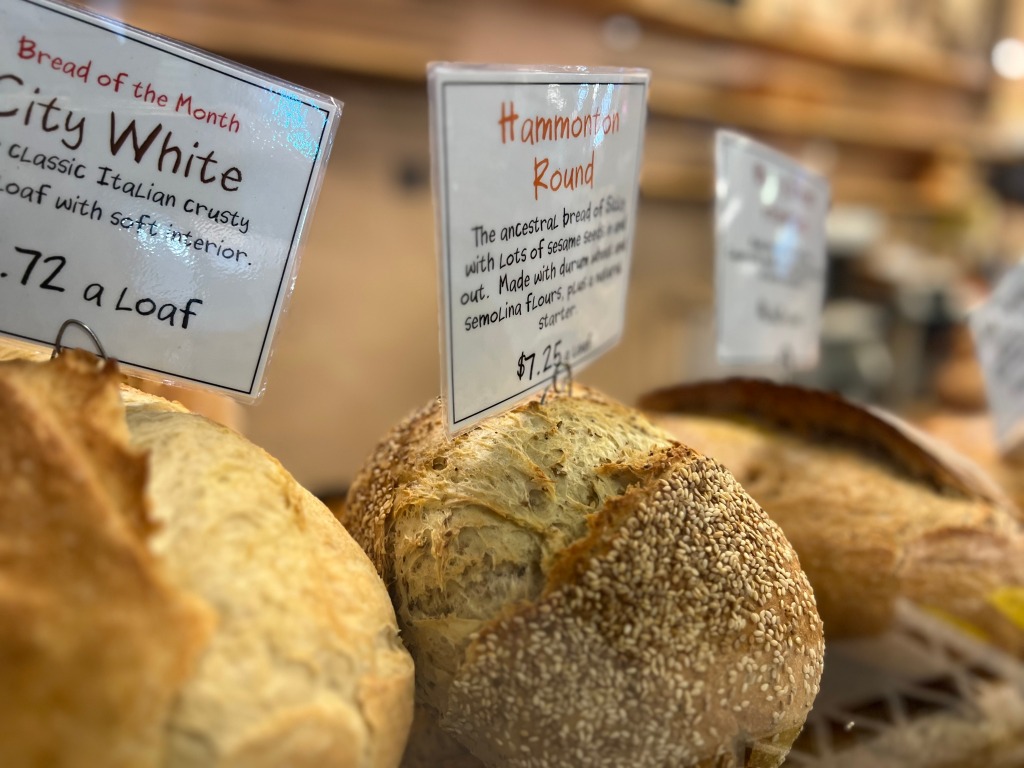

Sustainable agriculture is an important component of the foodshed concept. Sustainable agriculture is a method of food production that seeks to minimize the environmental impact of farming while also promoting economic and social sustainability. Sustainable agriculture practices include crop rotation, conservation tillage, and the use of natural fertilizers and pesticides.
By supporting sustainable agriculture, consumers can help reduce the environmental impact of farming and support local farmers and businesses. Additionally, by choosing to buy food that is produced sustainably, consumers can help promote sustainable agriculture practices and encourage more farmers to adopt these methods.
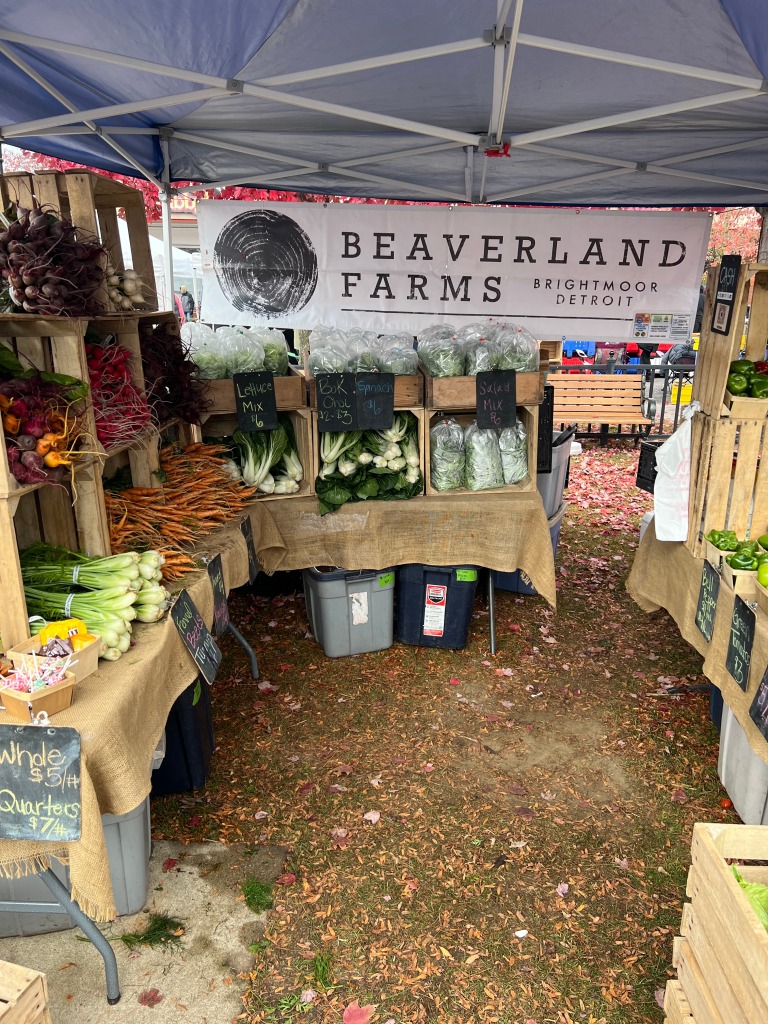
There are several ways to support your local foodshed. First, you can seek out local farmers’ markets and buy fresh, locally produced food. You can also look for restaurants that source their ingredients locally and support local farms.
Another way to support your local foodshed is to join a CSA program. By buying a share of a local farm’s harvest, you can support sustainable agriculture and receive fresh, seasonal produce.
Finally, you can grow your own food. Even if you don’t have space for a garden, you can grow herbs and vegetables in pots on your balcony or windowsill. By growing your own food, you can reduce your carbon footprint and ensure that you are consuming fresh, nutritious produce.
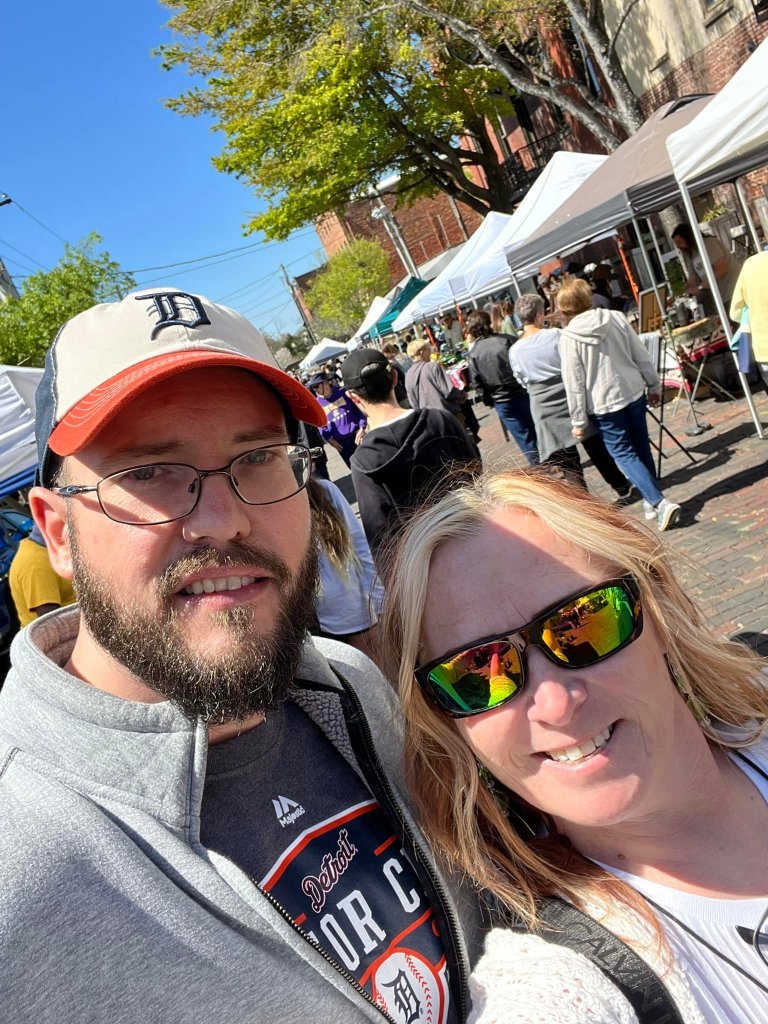
Foodshed and food miles are two related, but distinct, concepts. Food miles refer to the distance that food travels from the farm to the consumer. The concept of food miles has been used to raise awareness about the environmental impacts of transporting food long distances.
While food miles are an important consideration, they are not the only factor to consider when it comes to sustainable agriculture. The foodshed concept takes a more holistic approach, considering the entire food system, from farm to table. By supporting local food systems, we can reduce the carbon footprint of our food and support sustainable agriculture.

There are many successful foodshed initiatives around the world. One example is the “Farm to School” program, which connects local farmers with schools to provide fresh, healthy food to students. This program helps support local farmers and promotes healthy eating habits among students.
Another example is the “Community Supported Agriculture” (CSA) model, which allows consumers to buy shares of a local farm’s harvest. This model helps support local farmers and provides consumers with fresh, seasonal produce.
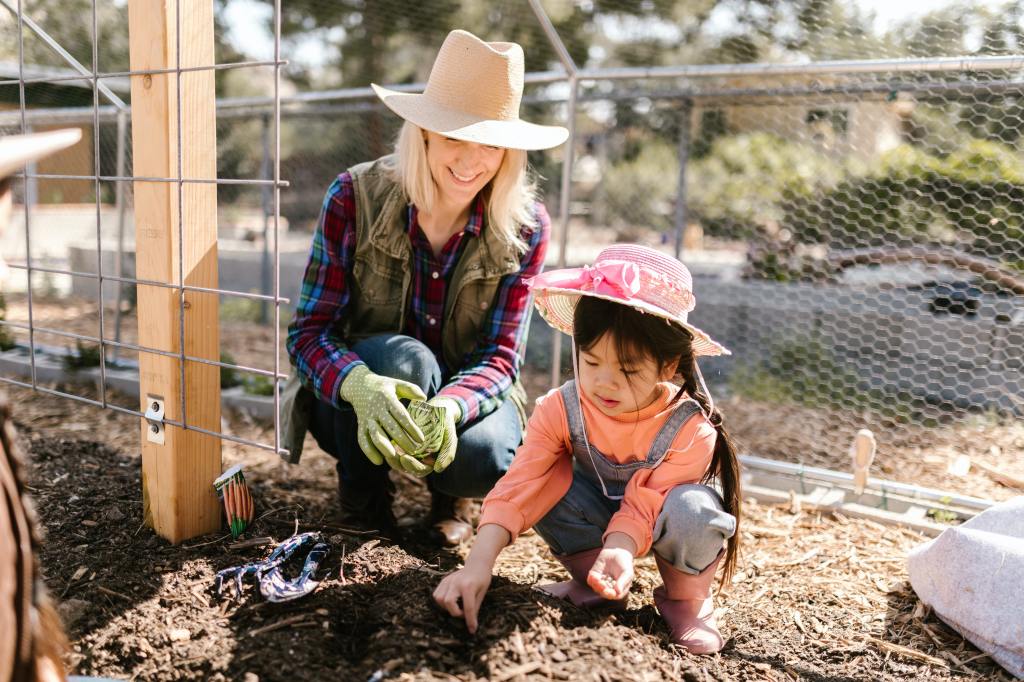

There are several challenges to building a strong foodshed. One challenge is the dominance of large-scale agriculture and the concentration of food processing and distribution in the hands of a few large corporations. This can make it difficult for small-scale farmers and businesses to compete.
Another challenge is consumer demand for convenience and low prices. Many consumers prioritize convenience and low prices over supporting local farmers and sustainable agriculture practices. This can make it difficult for local farmers and businesses to compete in the marketplace.
To overcome these challenges, it is important to raise awareness about the benefits of supporting local food systems and sustainable agriculture. This can be done through education campaigns, community outreach, and policy initiatives that support local farmers and businesses.

Understanding the concept of a foodshed is important for anyone interested in sustainable agriculture and healthy eating. By supporting local food systems, consumers can reduce their carbon footprint, support local farmers and businesses, and promote sustainable agriculture practices. So, the next time you sit down to enjoy a meal, take a moment to think about where your food comes from and how you can support your local foodshed.

If you enjoyed this blog, please LIKE, Follow, Share & leave me a comment! I love your feedback!
If you aren’t following me on Facebook & Instagram go on over & give a LIKE & Follow me for daily tips & tricks for your home & garden!
Added bonus: You can go to my blog at http://www.fordragonfliesandme.com to purchase my original cookbook, Lovingly Seasoned Eats and Treats in either a spiral bound soft cover OR NEW, a Downloadable PDF version. The cookbook has almost 1000 recipes on almost 500 pages! Check out the Cookbook Testimonials while you’re there!
Until next time remember to,
Eat fresh, shop local & have a happy day,
Jean
All text and images on this site are copyright of For Dragonflies And Me. Unless otherwise noted, you may not use this content.

“A person who is growing a garden, if he is growing it organically, is improving a piece of the world. He is producing something to eat, which makes him somewhat independent of the grocery business, but he is also enlarging, for himself, the meaning of food and the pleasure of eating.” ― Wendell Berry
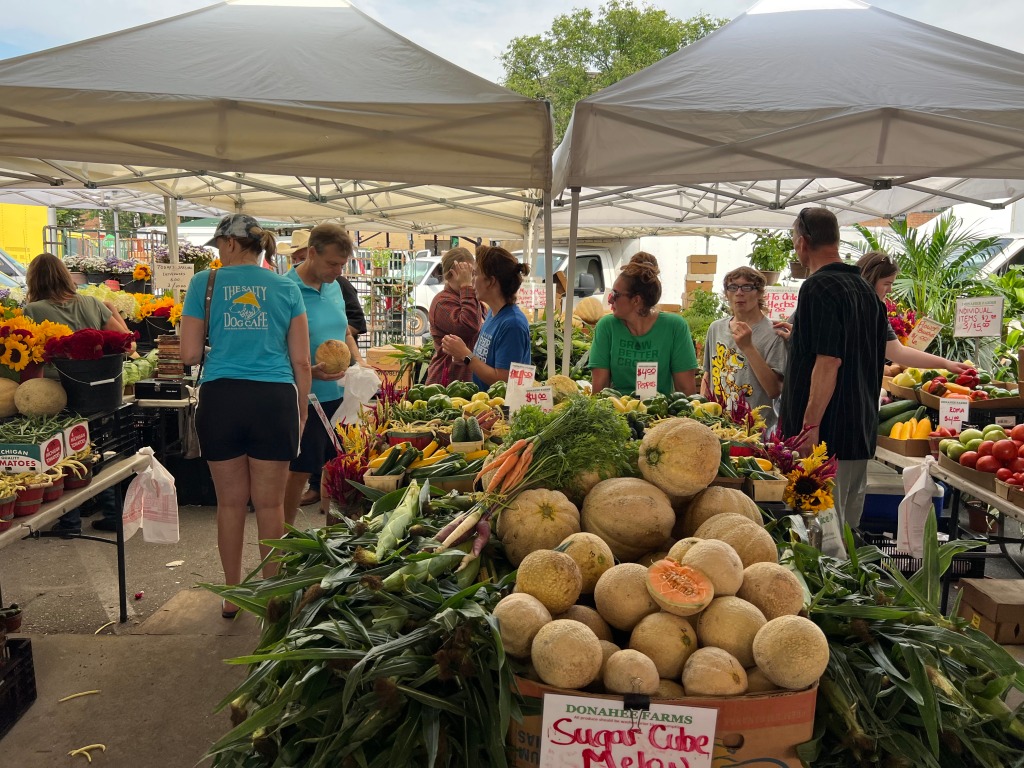
You may be asking yourself what it means to eat in season. Eating in season simply means we consume fruits and vegetables naturally ripened and harvested during a particular time of year in your region. Each season brings its own set of crops, & eating according to the season means that you’re consuming produce that is fresh, nutrient-dense, and filled with flavor.
For instance in spring we have an abundance of lettuce & greens, asparagus, rhubarb, and even peas to name just a few. Summer holds its bounty with tomatoes, summer squash, peppers, and fall brings potatoes, onions, and delicious winter squashes. Of course this is a very small list of food available. Depending where you live will determine what is available to you.
When we eat in season, we’re also supporting local agriculture as these crops are grown locally and are more readily available in our community. Eating in season also helps to reduce the carbon footprint associated with transporting food over long distances.
That is where today’s blog post stems from friends. From my heart.
Before I get into it though, I also want to recommend a book that really opened even my eyes to the thought of eating in season. Barbara Kingsolver’s book, “Animal, Vegetable, Miracle”, is a must read. Now let’s get into the meat of this topic.

There are a plethora of benefits associated with eating in season including both health and environmental. In-season produce is typically fresher than out-of-season produce, which means it contains more nutrients and is more flavorful. Produce harvested at its peak ripeness has had more time to develop its full flavor profile, which means it tastes better.
Eating in season also means you’re consuming produce grown locally, which supports small-scale farmers in our community. This means we’re helping to strengthen our local economy, which is beneficial for the environment as it reduces the carbon footprint associated with transporting food over long distances.
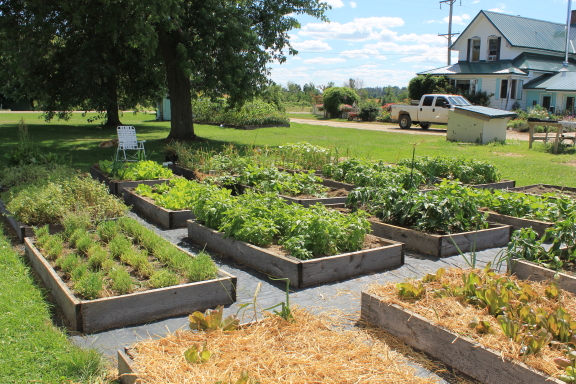
Local agriculture is the practice of growing crops and raising animals within a specific region. This means the produce is grown and sold within the community, which helps to support small-scale farmers and local businesses. Local agriculture is becoming increasingly important as we become more conscious of the impact our food choices have on the environment.
When we buy local, we’re not only supporting our local economy, we’re also reducing the carbon footprint associated with transporting food over long distances. Additionally, local agriculture is often conducted using sustainable practices that minimize the use of harmful pesticides and fertilizers, which can be harmful to the environment.
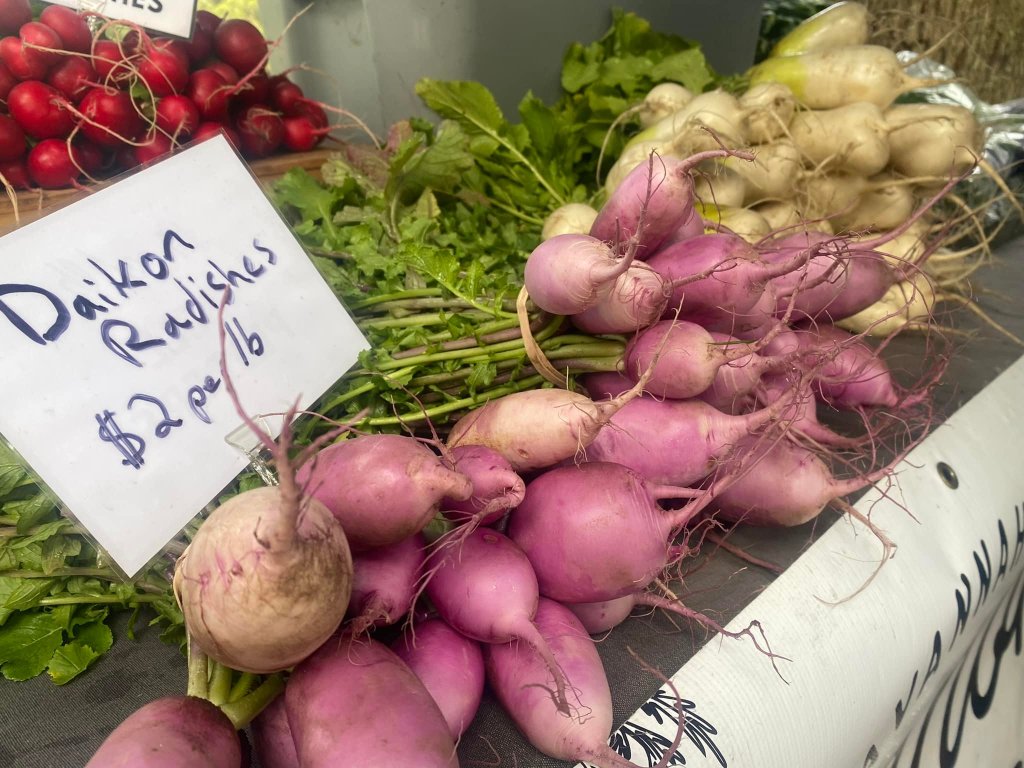
Eating in season supports local agriculture in several ways. First, it helps to create demand for locally grown produce, which supports small-scale farmers in our community. When farmers are able to sell their produce locally, they don’t have to rely on long-distance transportation, which is costly and environmentally damaging.
Secondly, eating in season means that we’re consuming produce that is fresher and more flavorful, which creates demand for more locally grown produce. This means that farmers are more likely to continue growing crops locally, which helps to support the local economy and promote sustainable agriculture.
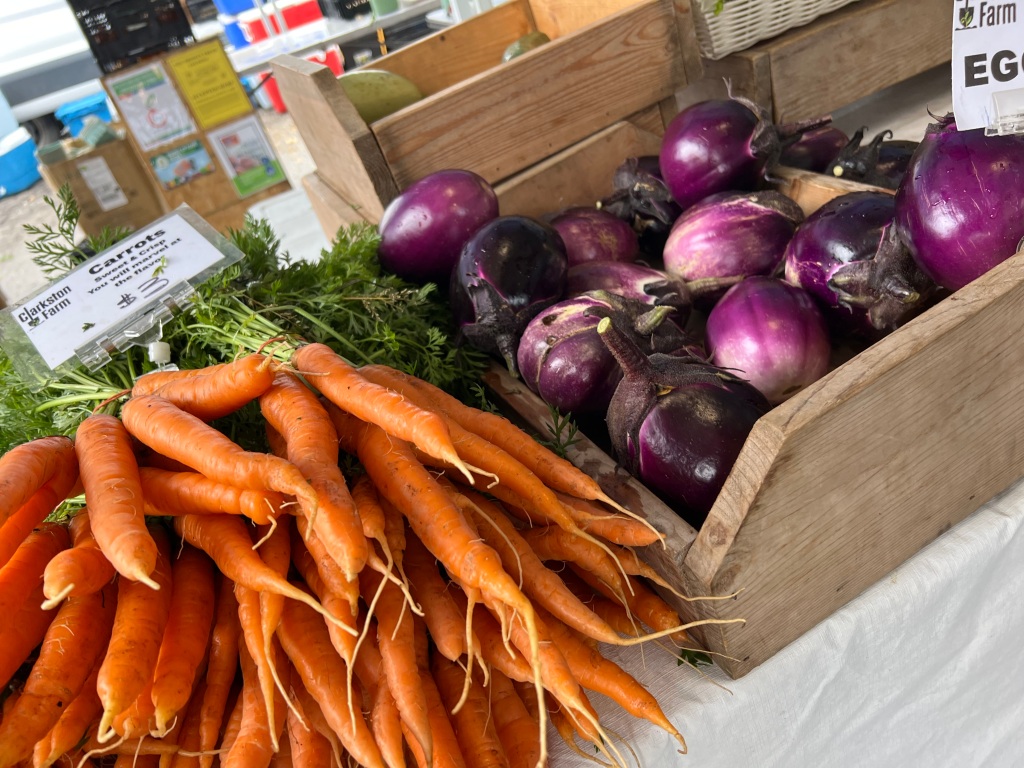
Eating in season is also beneficial for the environment. When we eat in season, we’re consuming produce grown locally, which means it doesn’t have to be transported over long distances. This reduces the carbon footprint associated with transporting food, which is a major contributor to greenhouse gas emissions.
Local agriculture is often conducted using sustainable practices minimizing the use of harmful pesticides and fertilizers, which can be harmful to our environment.
Eating in season also means that we’re consuming produce naturally ripened and harvested, which means it doesn’t require as many preservatives or additives as out-of-season produce.
Eating in season can be a fun and delicious way to support local agriculture and promote sustainability. Here are some tips to help you get started:

If you’re looking for local, seasonal produce, there are several places to look. Farmers’ markets, CSAs, and food co-ops are great places to start. You can also check out local grocery stores and look for labels that indicate where the produce was grown. Finally, you can also consider growing your own produce. Even if you don’t have a lot of space, you can grow herbs or small vegetables in pots on your balcony or windowsill.

If you enjoyed this blog, please LIKE, Follow, Share & leave me a comment! I love your feedback!
If you aren’t following me on Facebook & Instagram go on over & give a LIKE & Follow me for daily tips & tricks for your home & garden!
Until next time remember to,
Eat fresh, shop local & have a happy day,
Jean
Copyright Policy
All text and images on this site are copyright of For Dragonflies And Me. Unless otherwise noted, you may not use this content.
If you enjoy daily inspiration & information on gardening, cooking, organization, & fun photo’s, then come on over to my Facebook page!
Be sure to Like & Follow me so you don’t miss something special!
Until next time friends,
Remember to eat fresh, shop local, & have a happy day!
Jean!



One of my favorite things to do is attend area farmers markets. Whenever I travel I immediately look up any surrounding farmers markets, and you better believe if we can attend, we do!
Here are my Top 5 reasons to support our local farmers markets.
1. Support your local economy by supporting your local farmers & entrepreneurs!
As educated consumers we want to know where our food is coming from. We’re tired of food being mass produced on assembly lines with labels sporting names of ingredients that can’t even be pronounced. We
want clean & healthy food locally sourced & grown.
Where do you get this great stuff you ask? You get it at your local farmers market!
The Ann Arbor Farmers Market https://bit.ly/3AHViQd
According to the National Agricultural Statistics Service (NASS), Agricultural Statistics Board, United States Department of Agriculture (USDA) Released August 17, 2020,
“On an average market day, 916 households shopped across markets in the U.S. and spent $14,547 per farmers market. Farmers Market Managers served as paid employees in 4,321 markets, while in 3,162 they served as volunteers. On average, the paid Farmers Market Managers earned $18.40 per hour. Managers worked an average of 19.4 hours per week. “ Taken from https://downloads.usda.library.cornell.edu/usda-esmis/files/pz50hd694/gx41n598k/jd473j98z/nfar0820.pdf
2. Support your local farmers & entrepreneurs!
Direct marketing of farm products through farmers markets continues to be an important sales outlet for agricultural producers nationwide. Small businesses can get their product out to a fresh target market at a very reasonable cost. Markets can eliminate the need for a brick and mortar facility and all the expenses associated with it. Most importantly, it allows customers to build relationships with producers. You can see the positive impact of supporting local from this infographic for the Kalamazoo Michigan Farmers Market.
Kalamazoo Farmers Market Metrics http://pfcmarkets.com/
3. Explore new varieties of fresh fruits & veggies, & other healthy foods!
I’ve often been asked, “What’s an Heirloom?” or told “I’ve never seen a purple carrot!!!” Well, you’ll find a plethora of Heirloom varieties including purple carrots at most farmers markets!
Tomatoes are by far the hottest item in the Heirloom market, but there are several varieties of eggplant, squash, carrots, beans, and so much more.
Besides providing a wide range of fresh fruit and veggies, you’ll be dazzled by a slew of delicious baked goods, dairy, egg and meat products, honey and maple syrup, body care products, both fresh and dried herbs, along with all types of artisan products. Some of these include handcrafted baskets, wooden bowls and cutting boards, as well as beautiful pottery, jewelry and several forms of art media. Pricing is typically very reasonable when compared to brick and mortar stores. Everything at the market is fresh from that day or the day before, unlike grocery store produce which has been shipped and transported for days.
4. Education- Kids programs, Cooking demos, & More!
Many markets incorporate kid’s programming, cooking demos, health fairs, & live music, to name just a few! The reason is simple: it is every market’s mission to provide healthy, nutritious, reasonably priced food to all people.
The farmers market is an ideal project for every community to incorporate. It promotes healthy eating, and enables community members to build relationships with their local producers.
One incredible program many farmers markets offer is The Power of Produce Club (POP Club). The POP Club provides both an educational & entertaining opportunity for children to engage in their market with the opportunity to discuss produce with the market farmers while exposing them to new & unique fruits and vegetables. ” In addition to participating in educational activities, POP Club kids receive vouchers to spend at the market, allowing them to make their own shopping decisions at the market.”

Ask your farmers market manager if this is available, if not tell them how to participate!
5. Connect with your community!
Farmers markets provide a place where the community can come together, meet and shop locally. The market is a gathering place for friends and family. Markets offer fresh products locally produced, face-to-face interaction with producers and artisans, live entertainment, family activities, all the while supporting the local economy.
Infographic taken from Farmers Market Coalition
Check out this great video https://youtu.be/uUm6coaRKBQ
“According to the USDA, Farmers Markets are an integral part of the urban/farm linkage and have continued to rise in popularity, mostly due to the growing consumer interest in obtaining fresh products directly from the farm. Farmers markets allow consumers to have access to locally grown, farm fresh produce, enables farmers the opportunity to develop a personal relationship with their customers, and cultivate consumer loyalty with the farmers who grow the produce.
Direct marketing of farm products through farmers markets continues to be an important sales outlet for agricultural producers nationwide. USDA celebrates National Farmers Market Week, view the Proclamation (pdf), (the first full week in August) each year and as of 2019 estimates, there are 8,140 farmers markets in the US.” Taken from https://www.ams.usda.gov/services/local-regional/research-publications
Thanks for taking the time to read my article. Please like it & leave me a comment!
Let me know what your favorite farmers market is, and where it’s located! I’d love to visit if I’m ever in the area! Maybe we can meet up for a coffee!
Please share this blog if you found it informative, and follow me on Facebook for fun & informative content!
Happy day,
Jean!
 Local is an important thing to many people, not just to the businesses but also to the consumer. I remember when I was a young girl growing up in Windsor, Ontario and going to ‘town’ with my grandma… the little downtown and the “five & dime” shops. I remember the ‘big’ store downtown where grandma use to do a lot of the domestic shopping… it had a little cafe in there that we would always get a bite to eat… my favorite- french fries and gravy, yeah that’s a Canadian thing! Well anyway, I use to love to go to the little hardware store that she would by her canning jars and lids at, the Chinese food restaurant that we would patronize on grandpa’s pay day… memories of a small town… a lot of children in today’s society won’t know that as a regular experience. It will more likely be a ‘vacation’ memory. So many of us want to know who grew those tomatoes, or who raised that sheep to produce the fiber that made those lovely mittens, or shake the hand with the farmer that milked that cow that you now can get fresh raw milk from. It is a good feeling to ‘know your farmer’… it is good feeling to talk to Mary when you purchase that jar of cherry preserves she made… it is rewarding to hand your hard earned money over to a person that worked hard to provide you with something essential. It is a win-win situation for all involved.
Local is an important thing to many people, not just to the businesses but also to the consumer. I remember when I was a young girl growing up in Windsor, Ontario and going to ‘town’ with my grandma… the little downtown and the “five & dime” shops. I remember the ‘big’ store downtown where grandma use to do a lot of the domestic shopping… it had a little cafe in there that we would always get a bite to eat… my favorite- french fries and gravy, yeah that’s a Canadian thing! Well anyway, I use to love to go to the little hardware store that she would by her canning jars and lids at, the Chinese food restaurant that we would patronize on grandpa’s pay day… memories of a small town… a lot of children in today’s society won’t know that as a regular experience. It will more likely be a ‘vacation’ memory. So many of us want to know who grew those tomatoes, or who raised that sheep to produce the fiber that made those lovely mittens, or shake the hand with the farmer that milked that cow that you now can get fresh raw milk from. It is a good feeling to ‘know your farmer’… it is good feeling to talk to Mary when you purchase that jar of cherry preserves she made… it is rewarding to hand your hard earned money over to a person that worked hard to provide you with something essential. It is a win-win situation for all involved.
Many small towns of today have the big bad ‘W’ store along with others that have killed the mom & pop shops. It’s so sad really, but we can help keep things local by just doing a few small things: Shop in town, close to town and at least within your own state. Local by most definitions allows a 100 mile radius from your home- that gives you a lot of options if you think about it! Many of us are going to make New Years resolutions tomorrow… let at least one be to make a conscious effort to support your local community this year!
 I thought it would be interesting to put some tips on how to buy local, support local and live local!
I thought it would be interesting to put some tips on how to buy local, support local and live local! There are ton’s of great Local minded groups out there that are great resources for all of us- again both producer and consumer. One that has a really good mission is the 3/50 Project http://www.the350project.net
There are ton’s of great Local minded groups out there that are great resources for all of us- again both producer and consumer. One that has a really good mission is the 3/50 Project http://www.the350project.netThey encourage us to think of three businesses you’d hate to see disappear, pop in and say hello once a month; the goal is to spend $50 between those three businesses. That really is not a lot when you look at where you spend your money in a month.
 • To promote and strengthen independent brick and mortar businesses owned by people in the community
• To promote and strengthen independent brick and mortar businesses owned by people in the community
• To thank consumers for their patronage
• To expand local revenue streams by showing how a small dollar amount can translate into enormous financial stability
• To shine a light on the stark contrast between what an independent, locally owned brick and mortar business contributes to the local economy versus the significantly lower amount big boxes, franchises, chains, and internet purchases return
• To save the local economy…three businesses at a time
Be sure to check out their Facebook and website for lots more details I don’t have time to put here.
 Other great Local Resources:~Edible WOW Magazine: This is one of the best resources out there for Southwest Michigan www.ediblewow.com
Other great Local Resources:~Edible WOW Magazine: This is one of the best resources out there for Southwest Michigan www.ediblewow.com ~Local Harvest: list of producers in every state www.localharvest.org
~Google Farmers Markets to find local ones in your area
~Local Dirt: listing for producers www.localdirt.com
There are gobs more out there and thanks to the internet you can find just about anything you want LOCALLY!
Sweet Onion and Sausage Spaghetti
6 oz uncooked Spaghetti
3/4 pound Italian Sausage Links, casings removed
2 tsp Olive Oil
1 sweet onion, thinly sliced
1 pint cherry tomatoes, halved
1/2 c loosely packed fresh basil leaves, chopped
1/2 c half & half cream
Shaved Parmesan cheese, optional
Cook spaghetti according to package directions.
Meanwhile, in a large nonstick skillet over med. Heat, cook sausage in oil for 5 minutes. Add onion; cook 8-10 min.s longer or until meat is no longer pink and onion is tender.
Stir in tomatoes & basil; heat through. Add ream; bring to a boil. Drain spaghetti; toss with sausage mix. Garnish with cheese if desired.
 Baked Onion Cheese Dip
Baked Onion Cheese Dip 1. in a food processor, combine the cheeses, mayo, thyme & 1 c onions; cover 7 process until blended. Stir in remaining onions.
Transfer to a greased 3 c baking dish. Baked, uncovered at 375 degrees for 20 –25 minutes or until bubbly. Serve with crackers.
Tuscan Soup
4 cups chicken broth
1/2 cup heavy cream
3 medium potatoes
1 ob. Spicy Italian Sausage
1/2 tsp. salt
1/2 tsp. crushed red pepper flakes
3 cups chopped kale
Brown Sausage; cool.
Combine the broth and cream in a sauce pan; slice the unpeeled potato into 1/4 inch slices; add the browned sausage; add the kale.
Add the spices and let soup simmer for about 2 hours. Stir occasionally.
Happy Day,
Jean
 |
| Now is the a perfect time to be seeding those beautiful Heirloom Lettuces.
|
Stayed tuned this week for some great photo’s and tips on eating local & in season in the coming months of Autumn and yes, Winter!
Happy Day,
Jean
Everything Organic
Tina Marshall
A blog about my spiritual journey in the Lord Jesus Christ.
Livegood
"If we want to explore deeper oceans, we first have to leave sight of the shore.”
Grow your own veg
Online marketing, tools, services and informations
The Musings of a Writer / Freelance Editor in Training
Past to Future in a Picosecond
Hi, I'm Avisha Rasminda Twenty-Two years old, Introduce Myself As A Author , Painter , A Poet.